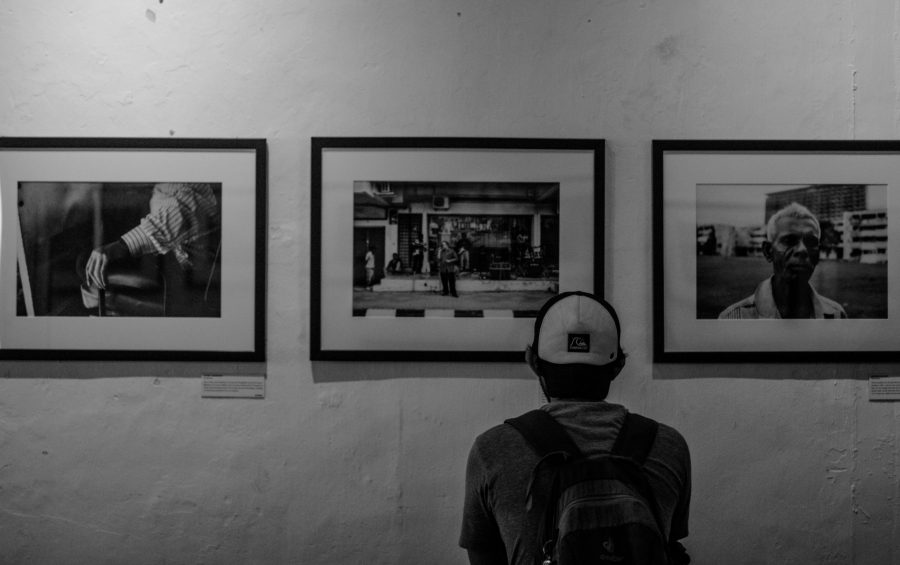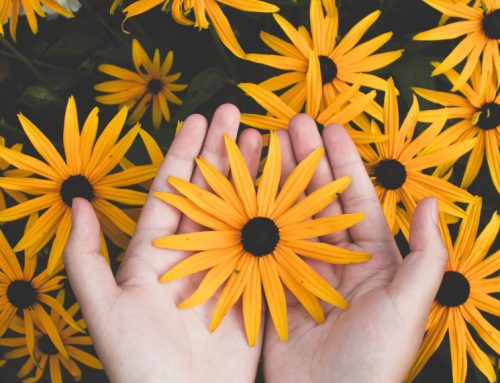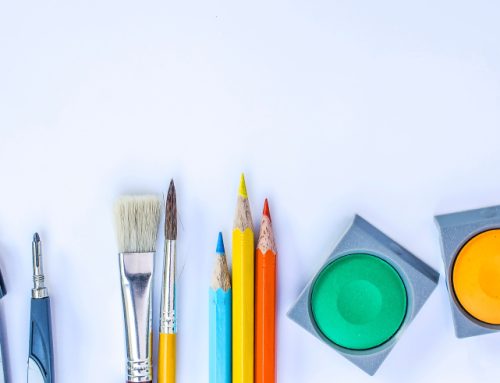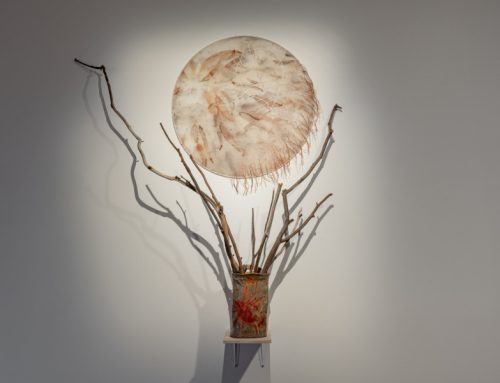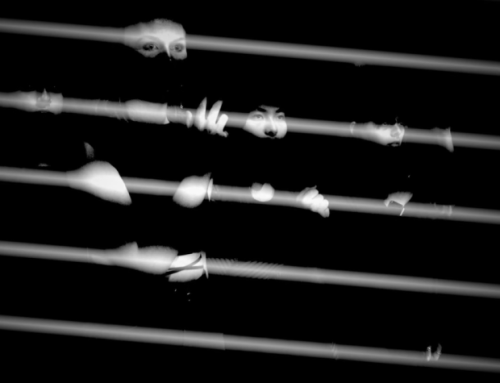Dr Claire Hooker comments on the recent Parliamentary Inquiry into Australia’s creative and cultural industries and institutions, suggesting that the pandemic has made clearer than ever the vital role that the arts play in maintaining wellbeing. She summarises the evidence that the arts sector has been doing economic and social “heavy lifting” as of late – and calls for a greater commitment to supporting artists in the future.
A month ago, on October 27, the House of Representatives Standing Committee on Communications and the Arts tabled the report and recommendations of the Parliamentary Inquiry into Australia’s creative and cultural industries and institutions, titled Sculpting a National Cultural Plan: Igniting a post-COVID economy for the arts.
This report was obviously well overdue in view of the devastating impact, not so much of COVID-19 itself, but of the short-sighted lack of government support for the arts throughout the pandemic. As so many have remarked, this lack of support was all the more ironic in view of the fact that the arts have been crucial to people’s wellbeing throughout the pandemic, in Australia and around the world (for example, the UK). Frederic Kiernan and colleagues from the Creative and Wellbeing Research Initiative (CAWRI) at the University of Melbourne recently published a study of how extensively Australians turned to artistic creative activities to regulate emotion and support mental health and well-being through the pandemic. (Among the interesting results they found was that “listening to music” was the second-most frequently undertaken arts activity, and also the most effective, significantly outranking screen-based activities like watching TV or cookery.)
The Report of the Parliamentary Inquiry was welcome because it provided some formal visibility to the heavy lifting that the arts sector provides for Australia in all sorts of ways, including in terms of both the economy and of people’s wellbeing. Of course, these two issues are inextricably interlinked: one does not come at the expense of the other. Investments in the arts sector consistently showing a positively self-reinforcing cycle of benefits in both, as study after study has demonstrated (more on this in Australia’s regional communities soon).
The Report included quotations from many artists and researchers who emphasised the crucial beneficial impacts of the arts in mental health and social cohesion. For example, Theatre Network Australia’s Circus and Physical Theatre Advisory Committee highlighted the enormous potential for the arts to alleviate strain on the mental health support system: …our research shows that for every dollar invested for a child in a circus training program, seven dollars are potentially saved in their future mental health costs. The Australian Writers Guild’s submission reminded readers that “well told and properly handled stories about mental health issues have a positive effect on people who suffer those issues.” Somebody’s Daughter Theatre Company included many quotations from participants in their programs to show that this work had “the ability to create positive intergenerational change, engage the most vulnerable in society and develop a profound sense of self-worth.” All of this has long been familiar in the arts, health and community cultural development sectors, and it is satisfying to see it become more prominent at National level.
However, there are also reasons to remain both wary and critical of the national Arts policy, as Esther Anatolitis, Honorary Associate Professor at RMIT has written in ArtsHub – in part because it isn’t a policy at all, only a plan that other levels of Government should have policies (which they fortunately do). For example, although it emphasises the importance of professional development for artists and arts workers, it continues to virtually exclude tertiary education, whose creative arts schools have been substantially destroyed over the past year.
Given that a significant part of the work of arts and health is to be conscious of and support the health of artists (for example, the Actors Wellbeing Study led by Ian Maxwell from the University of Sydney), which has long gone ignored, and which has also been negatively impacted by lack of support during COVID-19, we in arts and health can’t exclude arts policy from our work. In health we increasingly prioritise the value of lived experience as critical to effective health services and health care. The same is true for the arts, with conferences such as the recent Reset Arts and Culture critical for the wellbeing of the sector.
